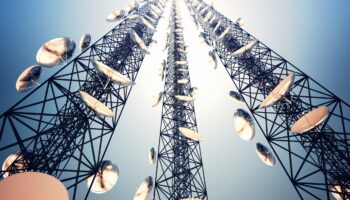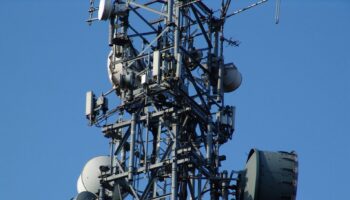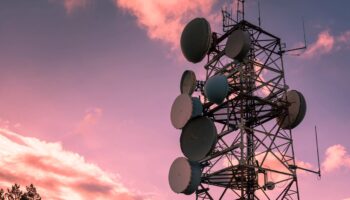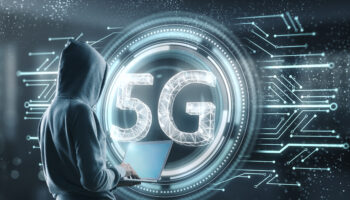
Other day while I was going through few posts related to Femtocells, I wondered is it really safe to completely disregard the future of femtocells as a whole? As said, femtocells might be facing stiff competition from Wi-Fi, but that doesn’t mean we should start putting it out of question.
Before we delve deep into the subject, let’s focus on what we are expecting from femtocells. (Refer Femtocell-Wiki for basics of Femto). Femtocells are primarily going to be used to improve the indoor coverage along with adding capacity to already saturated cellular networks. As most of the 3G networks operate in 2.1GHz frequency band, it’s imperative to provide good indoor coverage. This comes from basic principles of radio wave propagation, which says that higher the frequency of operation poorer will be the indoor penetration. And as cellular networks are moving from widespread 2G 900/1800-1900 MHz band to higher frequency range, indoor coverage becomes a major issue.
Femtocells are quite useful in addressing this problem. Typically they act like a cellular base station, albeit Home only, connected to cellular network via DSL line. This home base station or femtocell will then provide good indoor coverage as well as carry data traffic, while supporting 2 to 4 users at a time. But then, existing Wi-Fi hot-spots are doing exactly the same job, with little difference. And now many high-end smartphones are imbibing Wi-Fi capability in their phones, do we see any clear road map for femtocells?
The recent decision by China Unicom, the Chinese carrier to offer femtocells product to its customers may prove a real booster for femtocells. Earlier, when iPhones finally entered into Chinese market, due to government restrictions on Wi-Fi, first generation iPhones sold didn’t have Wi-Fi capability, and may be that justifies the reason why femtocells may find some room in Chinese market, albeit we aren’t sure of cost dimensions yet. Otherwise, Open source platforms like Android are showing brighter sign in long-term evolution in Chinese market.
Coming back to discussion, Wi-Fi basically offers cost-effective way of connecting multiple devices to Internet. Do we see them carrying voice traffic or offloading voice traffic from existing nearby cellular tower? We don’t. Certainly they do carry lots of other data, here comes the basic difference. Femtocells can carry voice as well as data traffic (Video, P2P etc), and we do see them offloading both voice & data traffic locally from existing Macro base station, which will be in much need for already over-loaded cellular network.
This comes to final point of the discussion, as pointed out by Aditya Kaul from ABI research, that Indoor coverage is going to be key area of differentiation in 3G era and we should show little bit of more patient towards femtocells till they widely get accepted. Certainly, I agree with him, as every new technology needs certain period called technology maturity cycle till it finally gets adopted widely. Though, we do have passive DAS and 2G Picocells for better indoor GSM coverage, femtocells will strengthen the assumption of providing better indoor coverage at higher frequency spectrum. Certainly, femtocells will exist, not independently but complementing existing DAS/Picocells and offloading both Voice/Data traffic locally. We do need handset capability, though, as femtocells operate in licensed band while existing Wi-Fi is unlicensed band of operation. Till we find integrated support for both, let’s keep finger crossed. Femtocells may find way in our homes soon!





